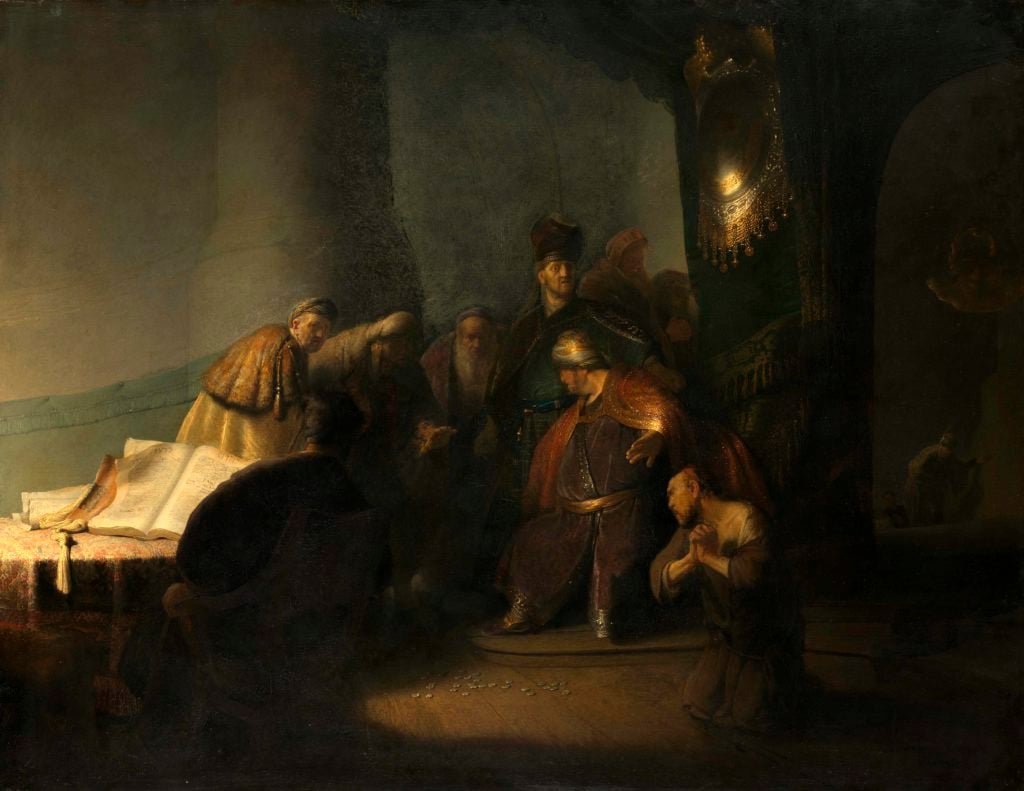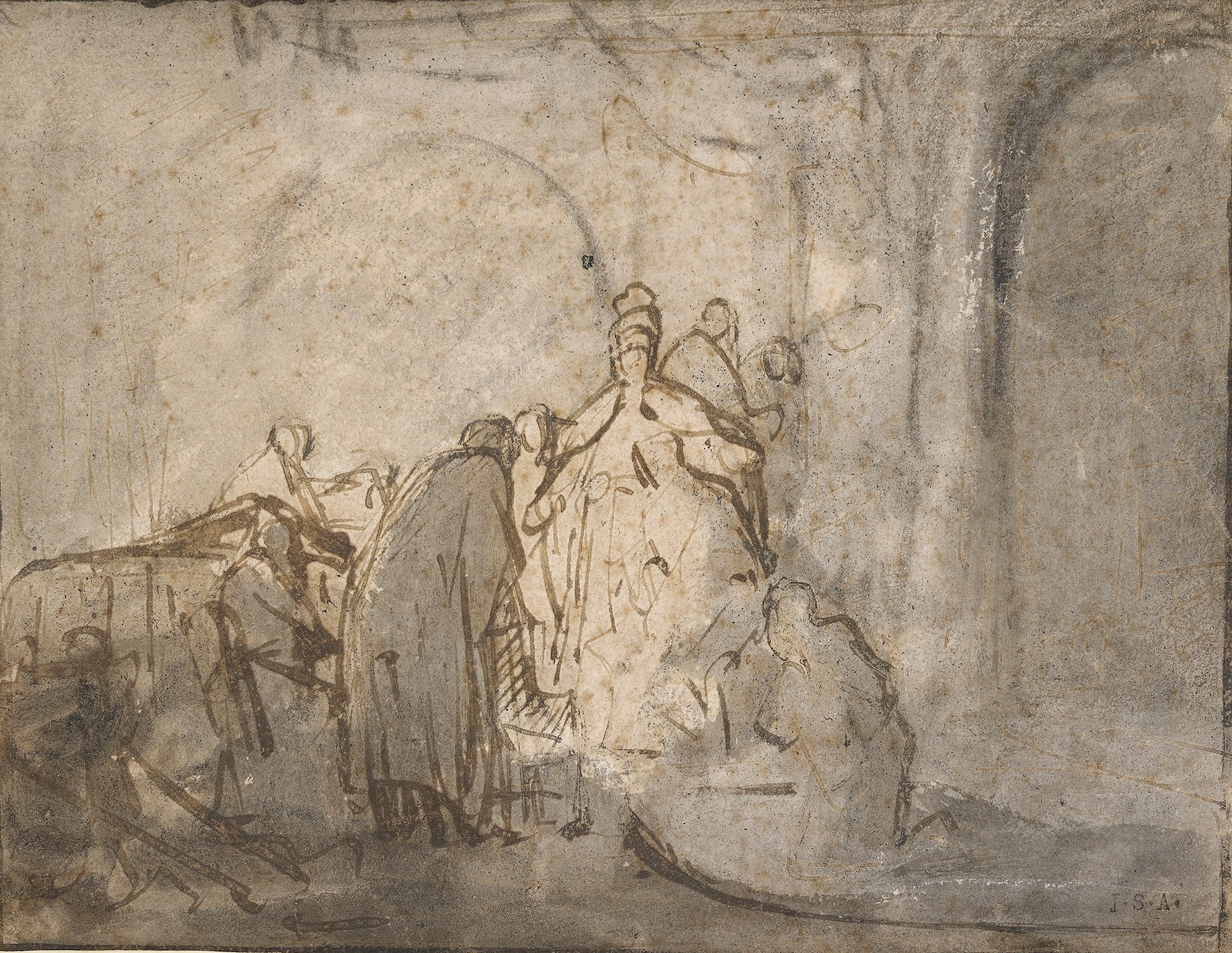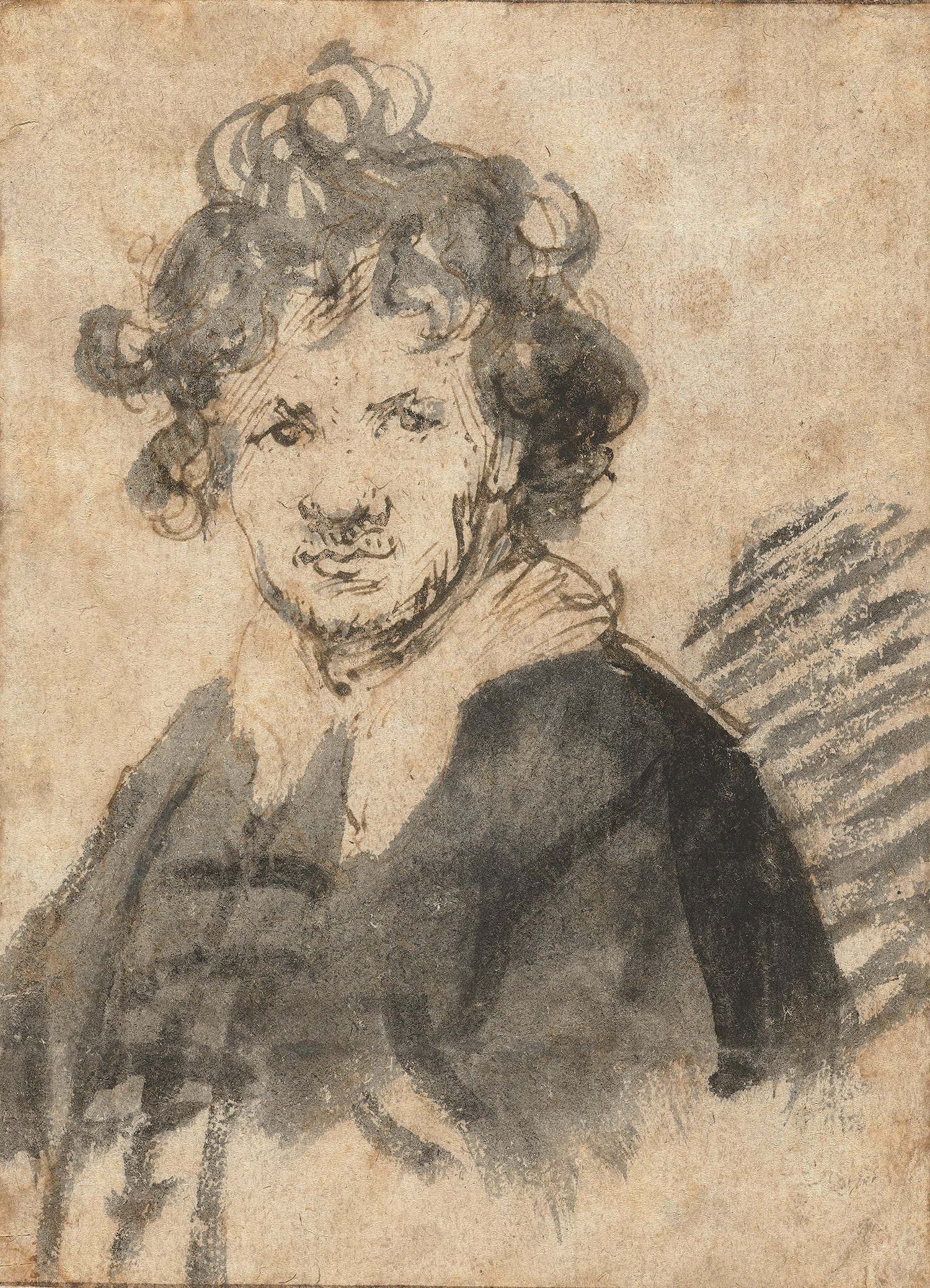Reviews
Rembrandt’s First Masterpiece at the Morgan Library Is Portrait of #Regrexit
Consider it a civics lesson from an Old Master.

Consider it a civics lesson from an Old Master.

Christian Viveros-Fauné

There are some who say that great art, especially great painting, can see the future. That idea seems especially apt at the Morgan Library & Museum this summer as the august institution hosts a nearly 400-year-old painting by Rembrandt Harmenszoon van Rijn. Besides being considered the Dutchman’s first masterpiece, the canvas also appears to anticipate much of the human drama resulting from Britain’s recent self-sabotaging vote to exit the European Union: See #Bregret or #Regrexit.
Consider this view of the modest sized painting as described by the Dutch diplomat, poet and art connoisseur Constantijn Huygens in 1629. In it, Rembrandt’s devoted fan describes the canvas’s central character as “despairing,” “maddened,” and “screaming, begging for forgiveness, but devoid of hope, all traces of hope erased from his face; his gaze wild, his hair torn out by the roots, his garment rent, his arms contorted, his hands clenched until they bleed; a wild impulse has brought him to his knees, his whole body writing in pitiful hideousness.”
If you’ve witnessed the orgy of mass hand-wringing, political backstabbing, and semantic somersaults that have followed the narrow victory of the “Leave” camp, as observed especially in the wake of a plummeting FTSE and a disappearing pound sterling, you might think the painting was originally made as a portrait of Boris Johnson, future leader of Little England—that compulsively fear-mongering and narrow-minded islet within an adult nation state that is Europe’s betrayer.
Did I mention the title of Rembrandt’s painting? It is called Judas Returning the Thirty Pieces of Silver.

Rembrandt van Rijn, Judas Returning the Thirty
Pieces of Silver (recto), (ca. 1629). Private collection
Hung alongside several dozen preparatory sketches and etchings from the Morgan’s own collection, the rarely seen canvas—it comes from a private collection in Britain—is being shown for the very first time in the U.S. Everyone who loves art should run, not walk to see it. The display at The Morgan is basically a one-painting show. Like few exhibitions anywhere, it provides an exercise in hyper-concentrated looking. Be warned, though: The clock is ticking. There is a very good chance that this prized work will disappear from public view once again after September.
The dramatic, light-infused work, which Huygens enthused surpassed “all the beauty that has been produced throughout the ages,” has long been recognized as Rembrandt’s first mature work (and first masterpiece). The achievement appears that much greater if one considers Rembrandt’s limited circumstances relative to other Old Masters. The son of a flour maker—a miller—rather than of an artist or nobleman, the then 23-year-old artist had hardly left his hometown of Leiden never mind quit Holland to visit the great churches of Italy. Thanks mainly to his extraordinary talent and exposure to a few important etchings, Rembrandt largely carried the Renaissance in his head.
For Rembrandt, painting was chiefly about creating drama through the use of light and shadow and the everyday authenticity of the human form. Robert Hughes once called him a “connoisseur of ordinariness,” and it shows in this, his first great painting. Derived from the biblical account of Judas’s grief after Christ’s arrest, Rembrandt depicts the wayward apostle kneeling in the foreground surrounded by a group of roly-poly high priests. Reflected on the ground are a crisp pool a light and 30 glinting pieces of silver—his payment for betraying his master. Judas is such a pitiful figure that the elders turn away in disgust, much as “Leave” voters are now doing with Johnson and Nigel Farage. The very picture of intolerable regret, he later committed suicide from sheer grief.

Rembrandt van Rijn, Self-Portrait (ca. 1629). Rijksmuseum, Amsterdam.
As the greatest purveyors of misinformation since Judas Iscariot, politicians like Johnson and Farage—as well as our own homegrown populist bully Donald Trump—today stand to commit the professional version of Judas’s final act. But their real trespass is their betrayal of confidence in foundational civics—in the joint project of a human community that outstrips both self-interest and tribal fears. Years ago, a mostly unknown 23-year-old painter saw the drama in that age-old dilemma, as well as its tragic consequences.